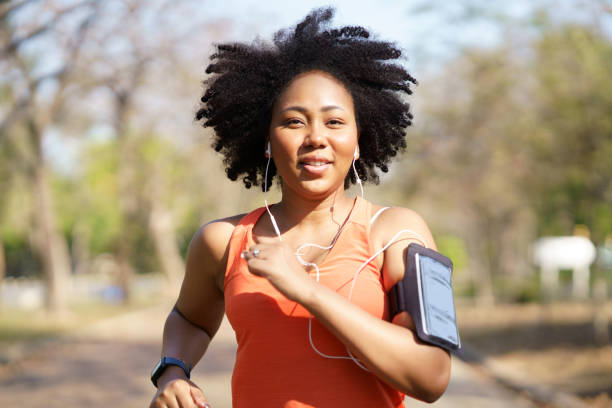
If you're suffering from pain, you have an extra reason to be active. No matter what type of pain you have or where you hurt, the right type of exercise just might bring some relief. Scientists are still trying to understand all of the ways that exercise influences pain, but it's already clear that regular exercise should be a part of any comprehensive plan to bring the pain under control.
Arthritis and back pain
Millions of people with arthritis have already discovered the pain-relieving power of exercise. As reported by the National Institutes of Health, regular exercise -- including water exercise, weight lifting, aerobic workouts, and flexibility exercises -- can ease the pain and stiffness that are the hallmarks of the condition. (If you have rheumatoid arthritis, you should let your joints rest during a flare-up.)
Most of the pain relief gained through such activity can be chalked up to increased strength and flexibility of joints and muscles.
It can also help with weight loss, which reduces the strain on joints. There's some evidence that regular aerobic exercise can also ease inflammation in arthritic joints, a major cause of pain.
In a similar way, exercises that strengthen muscles in the back, abdomen, hips, and thighs can help reduce and prevent back pain.
The American Academy of Orthopaedic Surgeons recommends combining back exercises with whole-body workouts such as swimming, jogging, walking, and bike riding.
RELATED: 6 Hand Exercises for Relief From Joint Pain
Reduced sensitivity to pain
Suffering from pain other than arthritis and back pain? You can find relief as well. Although exercise provides clear-cut benefits to people with arthritis or back pain, those with other types of pain may also find relief on a jogging trail or at the gym. As reported in Sports Medicine, exercise seems to actually reduce the entire body's sensitivity to pain, at least in the short term.
The pain-killing power of exercise seems to be most consistent during intense aerobic exercises such as a half-hour treadmill stint that takes the heart rate up to 70 percent or more of its maximum level. If weight lifting is your thing, you may also see some relief.
A study published in the British Journal of Sports Medicine found that 45 minutes of weight lifting can also push pain into the background.
These studies leave at least one enormous question unanswered: How does exercise mask pain? Research from the Georgia Institute of Technology is intriguing.
Researchers there recently found that physically fit male college students produced natural painkillers within their bodies after 45 minutes of jogging on a treadmill or pedaling a stationary bike. And not just any painkillers, either. The exercise apparently stimulated a system that released large amounts of endocannabinoids, compounds that are chemically similar to the active ingredient in marijuana.
According to American Family Physician, regular exercise can "retrain" the nervous system by creating new connections between the brain and the body. In some cases, these new, healthy pathways might take the place of old connections that were stuck on the pain alarm.
Gentle exercise is also valuable
You don't have to exercise vigorously to find pain relief, though, according to yoga proponents. In one report, researchers leading a Group Health Cooperative and University of Washington study took a pool of 101 back pain sufferers and randomly prescribed one of three 26-week treatment plans: a gentle yoga routine (in the viniyoga style); a self-care handbook; and an exercise regimen designed by a physical therapist.
The study concluded that yoga was the most effective of the three methods over a six-month period. Published in the Annals of Internal Medicine, the report noted that patients in the yoga group reported the most mobility and the least pain.
Also encouraging was this group's decline in reliance on pain medications: Only 21 percent were taking any drugs at the end of the study, compared with more than twice that in the other two groups.
Proceed with caution
As with every other pain reliever, exercise should be done with caution. If you try to do too much too soon, you'll probably end up feeling more pain, not less. If you're pregnant or have a health condition, talk to your doctor about what kind of exercise you can do. Pain relief -- like fitness -- is a goal that's best approached step by step.









